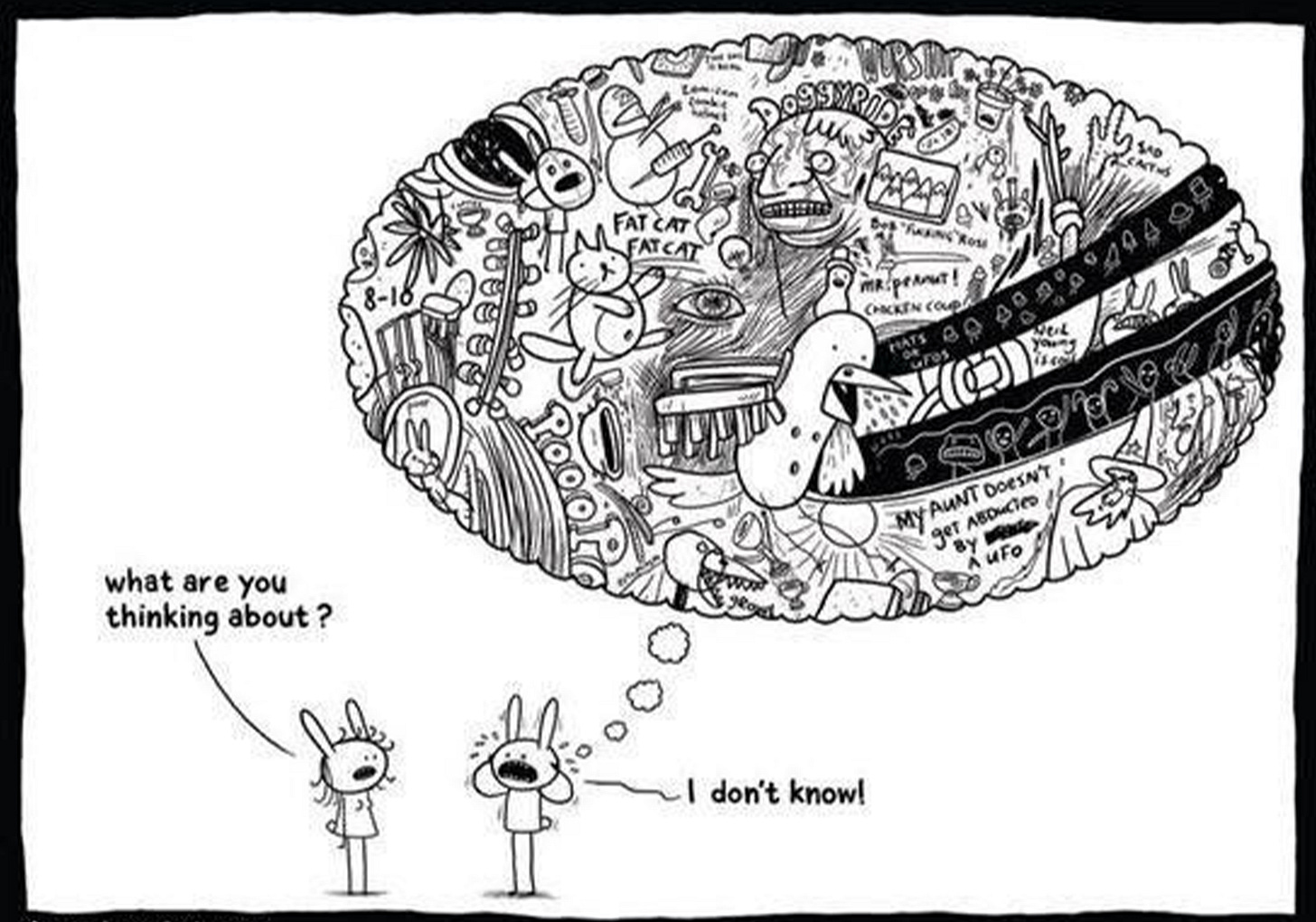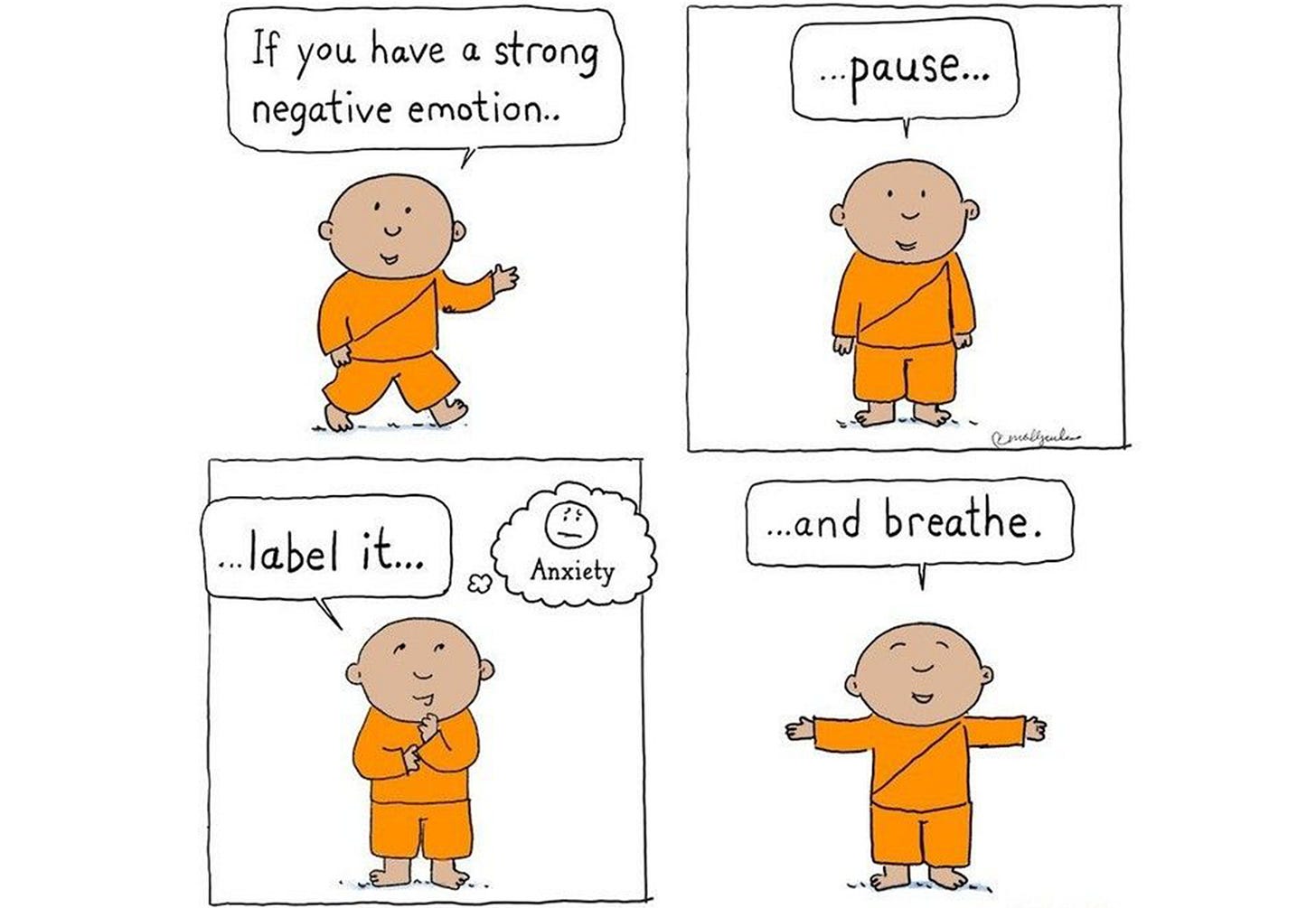Children as Mindfulness Practitioners
On the day of Buddh Purnima, we looked at how our cohorts have practised meditation and mindfulness over this year, especially those learning the Anapana.
Is the constant buzz of screens and activities leaving your child feeling scattered and overwhelmed?
In a world demanding ever more attention, many children struggle to find their inner stillness. What if your child could discover a wellspring of inner peace and concentration, simply by paying attention to their breath?
Imagine equipping your child with a lifelong tool for navigating stress and enhancing their ability to focus.
Pic Credit: Dirks Big Bunny Blog
As we celebrate Buddha Purnima, what better time to discover the transformative power of mindfulness through the simple yet profound practice of Anapana meditation?
Dhamma Sota, nestled in Aravali Hills of Haryana, offers a unique opportunity for young minds to cultivate inner peace and concentration through its One-Day Anapana Course. Surrounded by the lush greenery, the center provides a peaceful atmosphere conducive to introspection and calm. The dedicated team of volunteers and teachers are committed to creating a nurturing and encouraging environment for the children.
Dhamma Sota meaning “ Stream of Dhamma” is situated at Village Rahaka, Sohna (Haryana) almost 70 Kms. from Delhi. Established in the year 2000, the center is in 16 acres of land surrounded by the valleys of Aravali Hills. The meditation center serves as accommodation for male and female students attending various courses, including the ten-day Vipassana course. The facility also serves as a meditation center for children for the followng courses.
Children's Anapana Courses: Open for all children aged 8-12 years old who wish to learn to meditate. Their parents/guardians do not have to be meditators.
Teenagers' Anapana Courses: Open for all teenagers aged 13-18 years old who wish to learn to meditate. Their parents/guardians do not have to be meditators.
It's important to understand that Anapana is the first step in Vipassana, an ancient Indian meditation technique rediscovered and taught by Lord Buddha, over 2500 years ago. Vipassana, meaning 'to see things as they really are,' is a path to self-purification through observing the natural breath and then progressing to the observation of bodily sensations. The practice aims to eradicate mental impurities and lead to liberation from suffering. Anapana, by focusing the mind on the breath, serves as a foundation for developing the concentration and mindfulness necessary for the deeper insights of Vipassana. Therefore, by introducing children to Anapana, they are taking their first steps on a path rooted in the profound wisdom and teachings of Lord Buddha.
Benefits of learning Anapana
Helps the learners use ever-present breath as an anchor for them in different situations of life:
Making good decisions.
Not getting confused.
Becoming more confident.
Becoming peaceful and happy.
Being less worried and frustrated.
Develop compassion and kindness.
Finding it easier to focus and learn.
Perform better in sports and games.
And much more..
A typical schedule includes:
Introduction and Orientation: Children are welcomed and introduced to the basic principles of Anapana meditation in an age-appropriate manner.
Guided Meditation Sessions: Experienced teachers guide children through short periods of Anapana practice, helping them to gently focus on their natural breath.
Interactive Activities: To maintain engagement and a lighthearted atmosphere, meditation sessions are interspersed with supervised activities such as drawing, storytelling, and discussions centered on positive values.
Question and Answer Sessions: Children are encouraged to ask questions and share their experiences, fostering a deeper understanding of the technique.
Breaks and Refreshments: Regular breaks are incorporated to ensure the children remain comfortable and energized throughout the day.
Parent Interaction (at the end of the day): Parents are invited to join at the end of the course to learn about their children's experience and how they can support their ongoing practice.
The emphasis of the course is on providing a positive first experience with meditation, making it feel less like a rigorous exercise and more like a playful exploration of their inner selves.
We as a school actively incorporate this valuable opportunity for our students by organizing visits to Dhamma Sota for the One-Day Anapana Course.
We regularly promote these sessions to both children(as participants) and their parents(as voluntary guardians), and we typically travel together as a school group on Sundays. Over time, we have witnessed enthusiastic participation from a significant number of students. Now, there's considerable excitement among the children to attend, especially as they hear positive experiences and stories from their classmates and other schoolmates who have already benefited from the course.
Pic Credit: Buddha Doodles
Here are some parental voices, including testimonies and advice.
I remember a time when I was feeling intensely angry with my child, and I was right on the edge of losing control and reacting in a way I would likely regret. But then, I caught myself – I became aware of the anger taking over. In that moment of mindfulness, I paused, and I was able to respond calmly instead. I was able to regain my composure and respond to the situation with a sense of calm and patience I wouldn't have had otherwise.
-Parent & Vipassna Practitioner
You know, for me, Vipassana feels like holding up a mirror to yourself. It's about truly seeing what's inside, bringing a deep sense of self-awareness and inner clarity. That's the best way I can describe it.
-Parent & Vipassana Practitioner
I've experienced firsthand how Vipassana helps you recognize the constant chatter of your mind. Instead of being pulled into every passing thought or feeling, I learned to observe them with a sense of detachment. This practice has given me a real sense of freedom from being tossed around by emotional turbulence.
-Parent & Vipassana Practioner
My child wasn't thrilled about the one-day course initially, but afterwards, we noticed a real difference. She seemed calmer and more composed. It's like she learned a way to handle her emotions better. She even started meditating for about ten minutes before bed, though not every night. Recently, during her SA 2 exams, she got overwhelmed by one subject's syllabus and had an emotional breakdown. She came to me asking to meditate together. After just ten minutes, she was noticeably calmer and able to focus on her studies again. It was clear the course had a positive impact.
-Parent of child who attended the Anapana course.
"For me, teaching my daughter Anapana feels like imparting the ultimate life skill, akin to what's known as SEL. She participated in the course and, while she mentioned moments of boredom or sleepiness, she also experienced going very deep. Now, she understands and knows the Anapana technique. What struck me most was her learning to sustain focus on one activity throughout the day, even when challenges arose – that's true mental training. She's even become curious about Vipassana and how it differs from Anapana. I recall her saying, 'I went really deep for a bit! It felt so light, like a cloud!'"
-Parent of child who attended the Anapana course.
My main motivation was to introduce my son to the Dhamma environment and community. Experiencing it with peers creates strong memories and early familiarity with the Buddha's teachings. He was curious and participated fully, even sharing his breath sensations. The biggest benefit is his connection to this community and the Dhamma. Knowing it exists is valuable, and he's already looking forward to attending Anapana again.
-Parent of child who attended the Anapana course and Vipassana practitioner.
How to Participate
Parents or guardians interested in enrolling their children in the course, can find information on upcoming courses and the registration process on the official Vipassana Meditation website (https://www.dhamma.org/). It is advisable to register in advance as courses often have limited spaces.






restacked and here is mine…
<div class="substack-post-embed"><p lang="en">UNDERSTANDING ANXIETY IN CHILDREN AND ADOLESCENTS by Sophia</p><p>A peek into the world of worry</p><a data-post-link href="https://healingjournalwithsophie.substack.com/p/understanding-anxiety-in-children">Read on Substack</a></div><script async src="https://substack.com/embedjs/embed.js" charset="utf-8"></script>